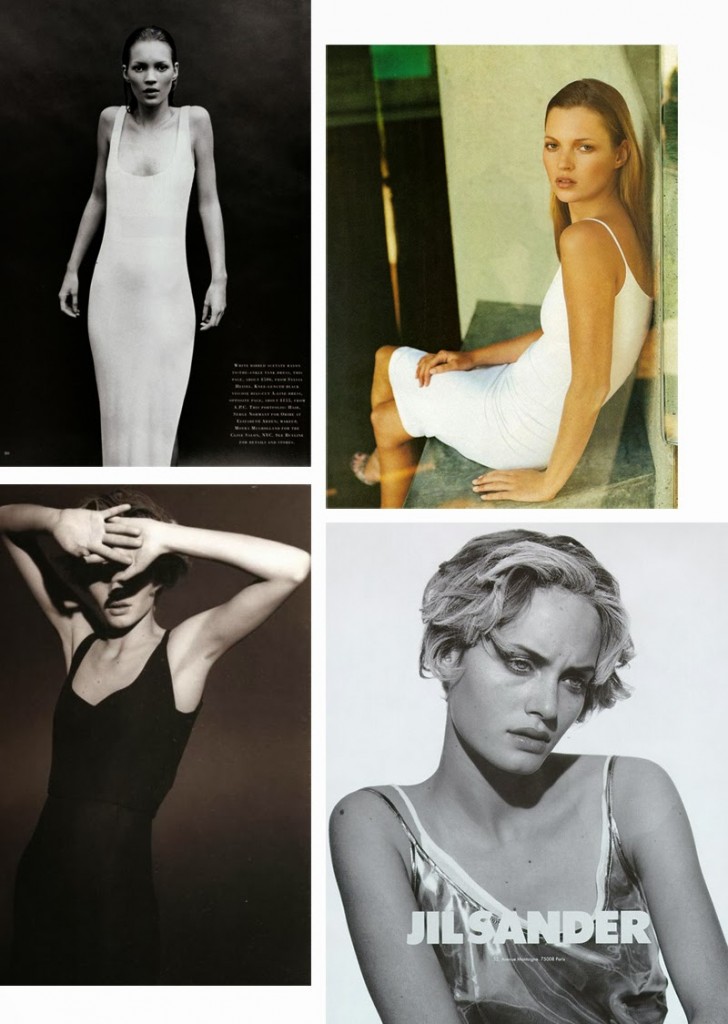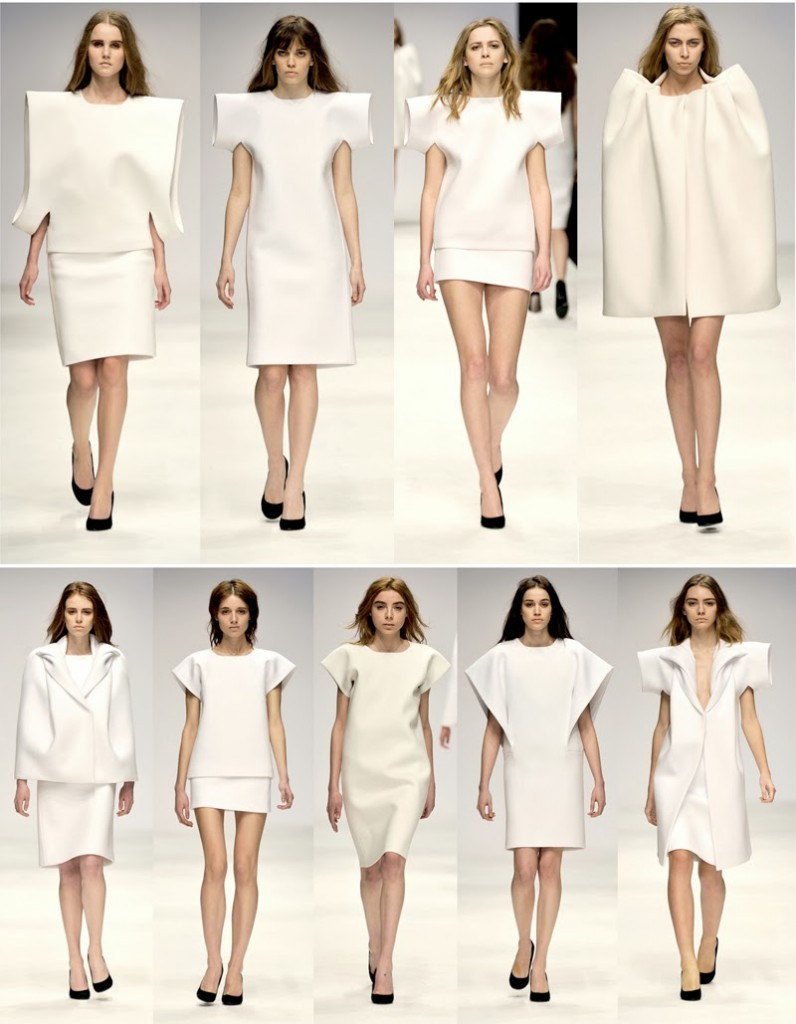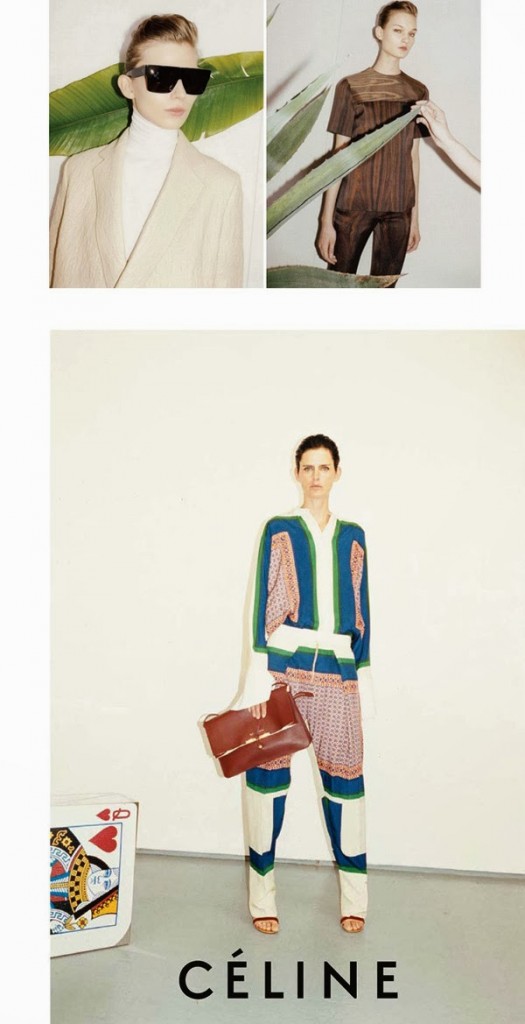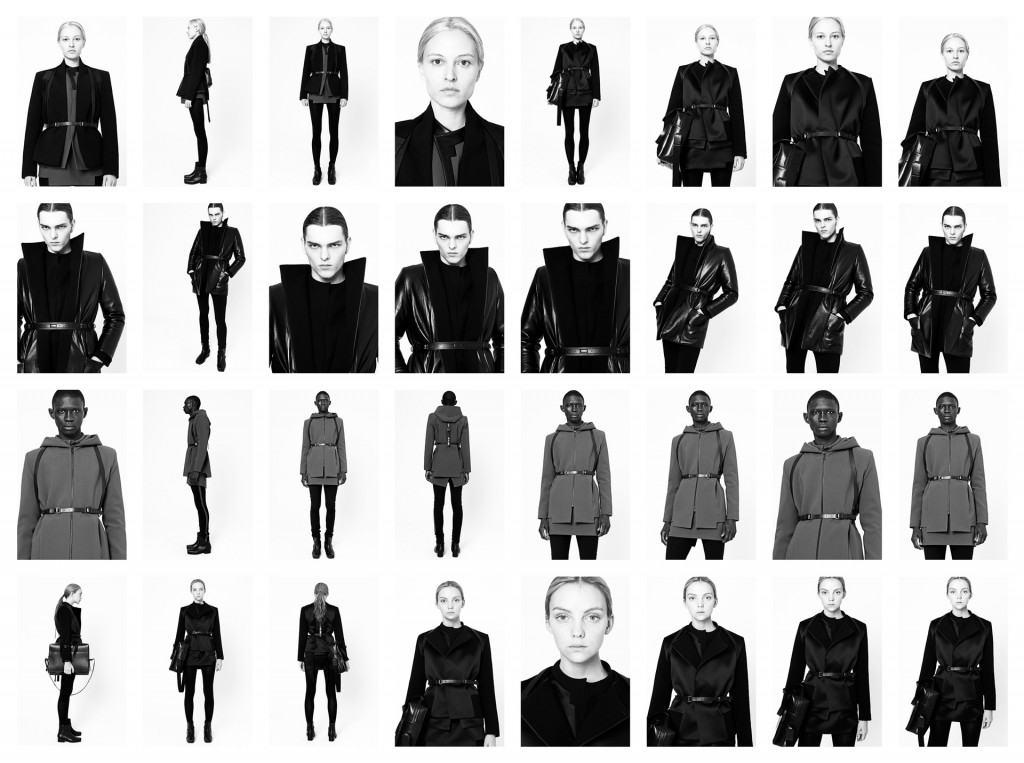I know that fashion week is not over yet, but I can wager that the most talked about fashion show this season is undoubtedly Rick Owens’s step troupe performance. If you haven’t seen the fantastic show yet, please view the video here:
Social media and forums are bursting with commentaries, most heaping praises for the unexpected approach (yet not shocking after the previous Men’s show). However, as with any transgressive actions, it’s bound to invite strongly divided opinions – which of course did happen. I personally loved the show, despite not being able to see the clothes very well because I prioritise an inventive spirit over conventional perfection, to a reasonable extent of course because one can still smell a turd even when it’s covered in glitter. While I think this show isn’t immune to criticisms (let’s face it, that’s what controversies are for – to encourage healthy conversations), what I don’t think is okay, is body policing and generally raining down on these girls’ parade. Let me list several such commentaries I have been reading over the Web, and I shall address them one by one.
1. This is offensive to black people
First of all, when it comes to social commentaries, we first need to ask the people who are involved, aka the girls who danced in that show. Did they seem unhappy doing what they did? Are they offended by Rick’s invitation? Judging from an interview with one of the dancers, I think the girls were honoured, they had plenty of fun on stage, and they were proud to showcase their culture to the rest of us whom I’m pretty sure hadn’t heard of step til today. Those scowls, angry faces – they were part of the performance and I cannot agree less that they satirise black angry women. Are the rest of us, who are not actually black nor belong to that subculture have a right to tell them to be offended? Honestly speaking, sitting on a high horse just distorts the pleasant view.
We need to remember that Rick has always been an outsider who loves to highlight the subversive, niche subcultures we’d never ever hear of in our respective comfort zones. This is why we love his clothes in the first place because they make us slightly uncomfortable in that warm fuzzy way. Anyway, I reckon he cares less about making a social commentary than putting on a grand show.
2. The clothes are ill-fitting
Yes, I can see that some of the pieces do not fit as well as they should, but not all (I’d love to wear quite a number of looks actually). This may be more of a logistical problem, but at the same time, an interesting dilemma presented to high fashion designers. When we look at a conventional catwalk show, the girls are almost uniform shaped within XXS-XS, so it’s easier to create patterns that flatter a narrow range of sizes. When I actually watched the video, I could see that there was a much more diverse range of body size, most likely from S-XL. Not only would grading patterns for that large a range be significantly more difficult in a short time span, I do think that merging his aesthetics with body shapes his clothes are not very familiar with is an even more astronomical challenge. It also opened our eyes to how we view fashion design process, highlighting the fact that yes, most clothes designed for runways do not flatter larger bodies.
Another idea is that the clothes might have been made before the idea of the step dance was conceived, in which case, it’s a slightly different problem altogether.
Regardless, one can only hope that this will be a stepping stone towards creating more inclusive clothes. Instead of just blowing up a size XS dress 3-5 times bigger to fit a larger body, maybe designers should include the diversity mindset from the first step by drawing a less distorted body proportions on paper. It requires a huge paradigm shift considering that the nine-heads body is the first thing taught in Fashion Drawing 101, but big changes start with a small step, or a voice, or a performance.
3. These girls can’t even fit into Rick’s size 48
Preface: Smallest size for Rick’s women is 38.
I facepalmed so hard at this one my flat Oriental nose just got flatter. Runway shows have never been this inclusive in terms of body shapes. Like what I mentioned previously, the video clearly shows girls ranging from S-XL (or 40-50), yet some people chose to concentrate on the bigger girls, and proceeded to make a sweeping statement as if all of them are overweight, unfit slobs.
Yes there are no glamazons, but they have always been the outliers in any given population graph. Also can we just think for a second that size is merely a number? It’s not up to us to decide how big a size 42 should be, that’s for Rick and his team to decide. Skinny girls have been so normalised on the runways that we forget the majority of women don’t really look like them in the first place, to the point that people are so quick to make hurtful statements like this. Perhaps thin privilege does exist after all.
4. This will only encourage obesity
One moment full-figured girls invade the runway, the next everyone completely ignores their health and be bed-ridden obese cows. I don’t know about you but I think that’s a rather simplistic way of looking at things, and frankly quite derogatory.
How does one even respond to this one without pulling one’s hair? Firstly, there’s an implicit assumption that larger people are unhealthy because they linked body size to obesity. Noone, and I mean noone, can infer accurately a person’s state of health simply by looking at him/her, especially when most of us who are judging aren’t medical professionals. Those girls were not even obese. Plenty of them had fucking biceps for fuck’s sake. Did some people not notice that they’re dancers, and dancers move a hell lot? To draw similarities between these girls and people who can barely get out of their chairs does nothing but undermines their hardwork.
Secondly, have we forgotten that we still have a whole slew of body image-related health issues at the other extreme? Anorexia anyone? That is a far worse problem we’re having right now because the fashion industry is still conditioned to think that ONLY size 0 is beautiful, everyone else can get lost.
5. I can’t fucking see the clothes!
Yeah, I know. I feel you on this one, but we can always wait for the lookbook, store photos, or do the legwork to the stores for some of you who are more privileged. One thing we know for sure is that these clothes can take a beating.
So that’s my 3AM rant, obviously riddled with angst and frustrations. I don’t expect everyone to agree completely with my sentiments, but you’re more than welcome to express your opinions. In the meantime I will leave you with Rick’s comment to his show.













